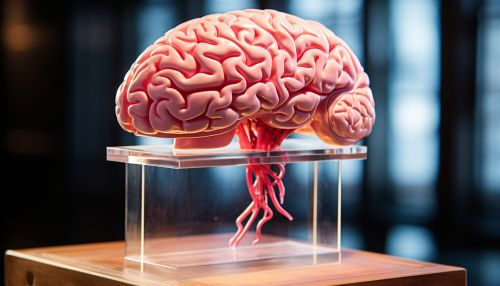Availability heuristic
Introduction
The availability heuristic is a mental shortcut that relies on immediate examples that come to a person's mind when evaluating a specific topic, concept, method or decision. The availability heuristic operates on the notion that if something can be recalled, it must be important, or at least more important than alternative solutions which are not as readily recalled. Subsequently, under the availability heuristic, people tend to heavily weigh their judgments toward more recent information, making new opinions biased toward that latest news.[1]


History
The term availability heuristic was first introduced by psychologists Amos Tversky and Daniel Kahneman in 1973. In their research, they investigated the cognitive strategies people use to make judgments about the world around them. They discovered that individuals rely on a set of heuristics, or mental shortcuts, to speed up the decision-making process. The availability heuristic was one of these identified shortcuts.[2]
Concept
The availability heuristic is a concept in psychology that describes a mental strategy in which people make judgments about the probability of events by the ease with which examples come to mind. The more easily people can call to mind instances of a phenomenon, the more probable they will perceive that phenomenon to be. This is not always an accurate measure of actual probability, as certain memorable or dramatic occurrences are more easily remembered than mundane ones.[3]


Mechanism
The availability heuristic is a mental shortcut that relies on immediate examples that come to mind. When a person is trying to make a decision, a number of related events or situations might immediately spring to mind. Because these memories are quicker to access, they can be ascendant in shaping the person's perceptions and subsequent decision-making. The availability heuristic can be a helpful tool, but it is not always accurate and can lead to biases or incorrect assumptions.[4]
Applications
The availability heuristic has been applied in various fields such as psychology, economics, and decision-making. It has been used to explain a variety of phenomena, including the perception of risk, social judgment, and decision-making under uncertainty.[5]
In psychology, the availability heuristic is often used to explain biases in judgment and decision-making. For example, people often overestimate the likelihood of dramatic, memorable events, such as plane crashes or terrorist attacks, because they can recall such events more easily than more common, less dramatic events.
In economics, the availability heuristic is used to explain how people make decisions about economic behavior. For example, people might overestimate the likelihood of winning the lottery because they can easily recall instances of people winning.


Criticisms
While the availability heuristic is a useful tool in understanding human decision-making, it has been criticized for its lack of precision and potential to lead to biases. Critics argue that the availability heuristic can lead to systematic biases in judgment and decision-making, as individuals may overestimate the frequency or importance of events that are easily remembered or vivid in their minds.[6]
See Also
References
- ↑ Tversky, A., & Kahneman, D. (1973). "Availability: A heuristic for judging frequency and probability". Cognitive Psychology. 5 (2): 207–232.
- ↑ Tversky, A., & Kahneman, D. (1973). "Availability: A heuristic for judging frequency and probability". Cognitive Psychology. 5 (2): 207–232.
- ↑ Schwarz, N., Bless, H., Strack, F., Klumpp, G., Rittenauer-Schatka, H., & Simons, A. (1991). "Ease of retrieval as information: Another look at the availability heuristic". Journal of Personality and Social Psychology, 61(2), 195-202.
- ↑ Gilovich, T., Griffin, D., & Kahneman, D. (2002). Heuristics and Biases: The Psychology of Intuitive Judgment. Cambridge University Press.
- ↑ Slovic, P., Fischhoff, B., & Lichtenstein, S. (1982). "Why Study Risk Perception?". Risk Analysis, 2(2), 83-93.
- ↑ Lichtenstein, S., & Slovic, P. (1973). "Response-induced reversals of preference in gambling: An extended replication in Las Vegas". Journal of Experimental Psychology, 101(1), 16-20.
